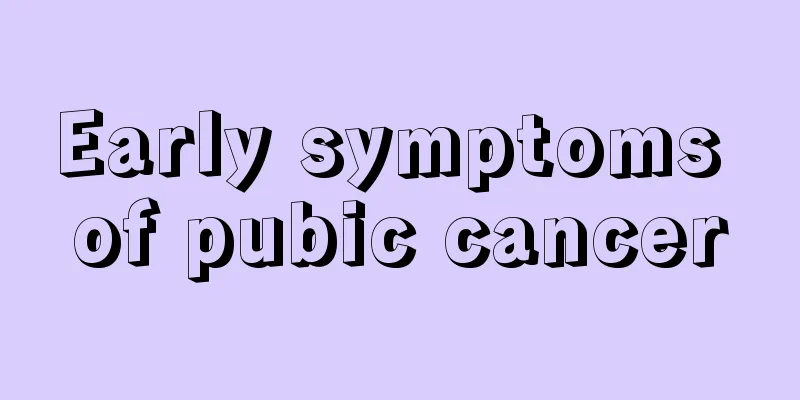Is papular urticaria contagious? What causes it?

|
Not many people know about papular urticaria. In fact, the incidence of this skin disease is relatively high and there are many causes of the disease, so it is worthy of public attention and understanding. In life, we may encounter some patients with papular urticaria skin diseases. They will feel uncomfortable with the unusual symptoms on their skin and worry about being infected. So is papular urticaria contagious? 1. Is papular urticaria contagious? Papular urticaria is not contagious. There is a certain genetic tendency. Normal daily habits are very important. Otherwise it's easy to go back and forth. Especially when it comes to diet. 2. What causes papular urticaria? Most of the cases are related to insect bites, such as allergic reactions caused by bites from mosquitoes, bedbugs, fleas, lice, mites, midges, etc. Individual constitutions react differently to insect bites. Insects inject saliva after biting the skin, causing this disease in children who are allergic to these substances. This is a delayed allergic reaction that takes about 10 days to cause sensitization. Being bitten again at this time will lead to a rash. Repeated bites can produce desensitization, so the disease usually stops occurring around the age of 7. 3. Causes of papular urticaria The cause of papular urticaria is allergic reaction. There are many factors that cause allergies, such as drugs, food, clothing, pollen, cosmetics, etc. 4. Symptoms of papular urticaria Wheals, redness, hot and cold, secondary infection, crusting, measles, facial papules, papular acne, itchy rash 1. This disease is common in infants and young children, especially in summer and autumn. Sometimes several children in a family may fall ill at the same time. 2. Typical skin lesions are mung bean-sized or slightly larger light red papules, which are hard in nature and often have small blisters on the top. They form scabs after being scratched and are surrounded by spindle-shaped red halos. Wheals appear after scratching, and return to their original shape after the wheals subside. 3. It is common on the trunk and proximal extremities. The number of lesions is variable and often occurs in batches, scattered or in a few clusters. It is often accompanied by gastrointestinal disorders. A small number of patients sometimes also present with blisters. 4. The course of the disease varies in length. It usually disappears on its own in about a week, leaving temporary pigmentation, but new rashes may appear one after another, so new and old skin lesions exist at the same time. It gradually heals when the weather turns cooler, but often occurs again the following year. 5. Children will feel severe itching, especially at night, which often affects their sleep. The children will be restless and the epidermis will peel off after scratching, which can easily lead to secondary infection. |
<<: What are the sequelae of purulent encephalitis
>>: What are the treatments for anal itching
Recommend
What are the complications after total gastrectomy for gastric cancer?
Gastric cancer patients can survive for several m...
Are antibiotics also anti-inflammatory drugs?
At present, many people confuse antibiotics and a...
To prevent gastric cancer, you need to pay attention to the precancerous lesions of gastric cancer
Gastric cancer is a relatively common malignant t...
What are the methods for treating lung cancer? The three most effective methods for treating lung cancer
Nowadays, air pollution is very serious, which is...
What should I do if I sprain my waist? Learn these emergency procedures!
The waist is a relatively fragile part of the hum...
What is the cause of tension headache
Tension headaches are usually caused by excessive...
What are the differences between C6 laser freckle removal and traditional laser freckle removal?
C6 laser freckle removal is a new freckle removal...
What are the symptoms of pharyngitis? Are they similar to thyroid cancer?
The symptoms of pharyngitis and thyroid cancer ar...
Early symptoms and treatment of arthritis
Arthritis is a serious disease problem that often...
What are the uses of old stockings?
Every girl will buy some stockings to wear, stock...
What is the disease that makes the stomach afraid of cold and chill
A good appetite and enjoyment of food are one of ...
Can myopia be reduced?
People’s vision problems bother many people in mo...
Toothpaste milk honey flour
Toothpaste, milk, honey and flour are all common ...
What are the disadvantages of back scraping
What are the disadvantages of scraping the back? ...
Is Coronary Angiography Dangerous? Disadvantages of coronary angiography
Causes of complications of coronary angiography C...









